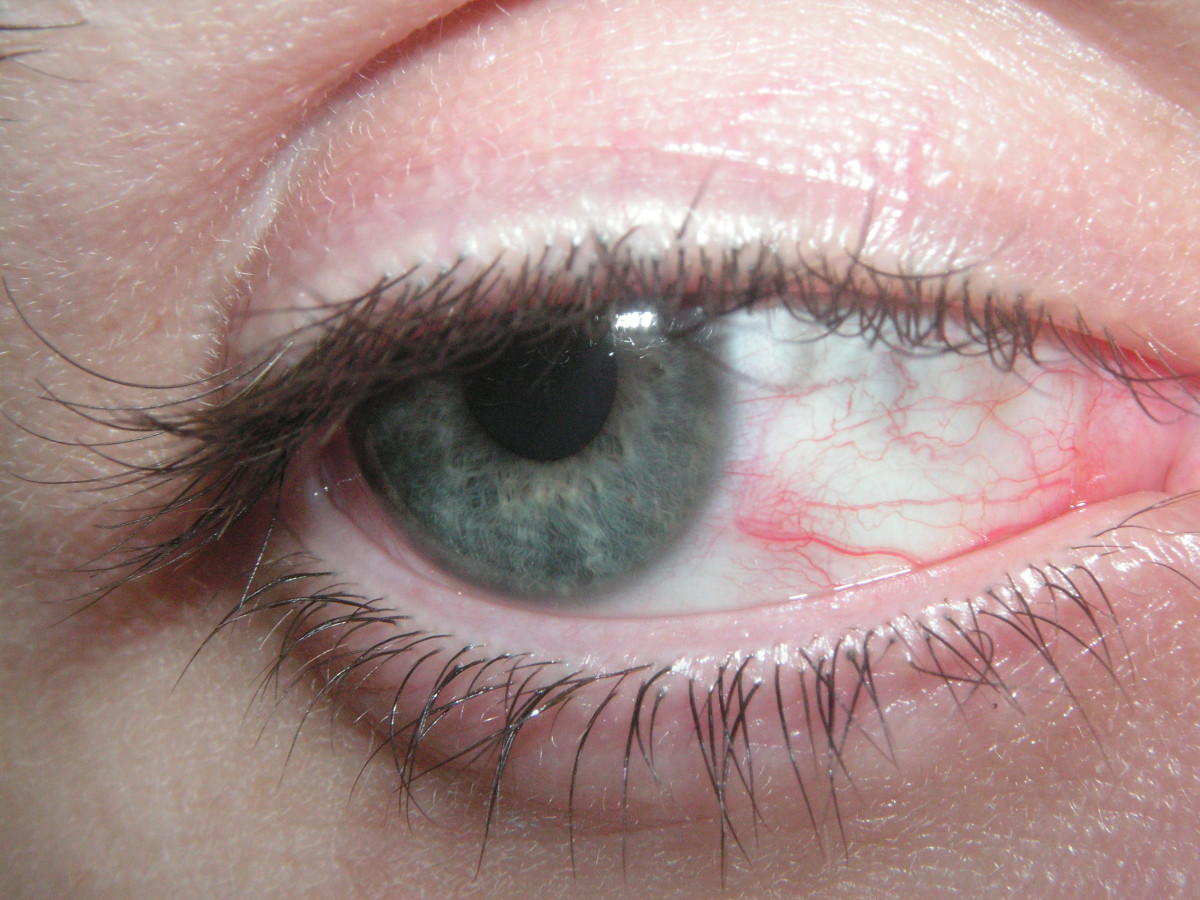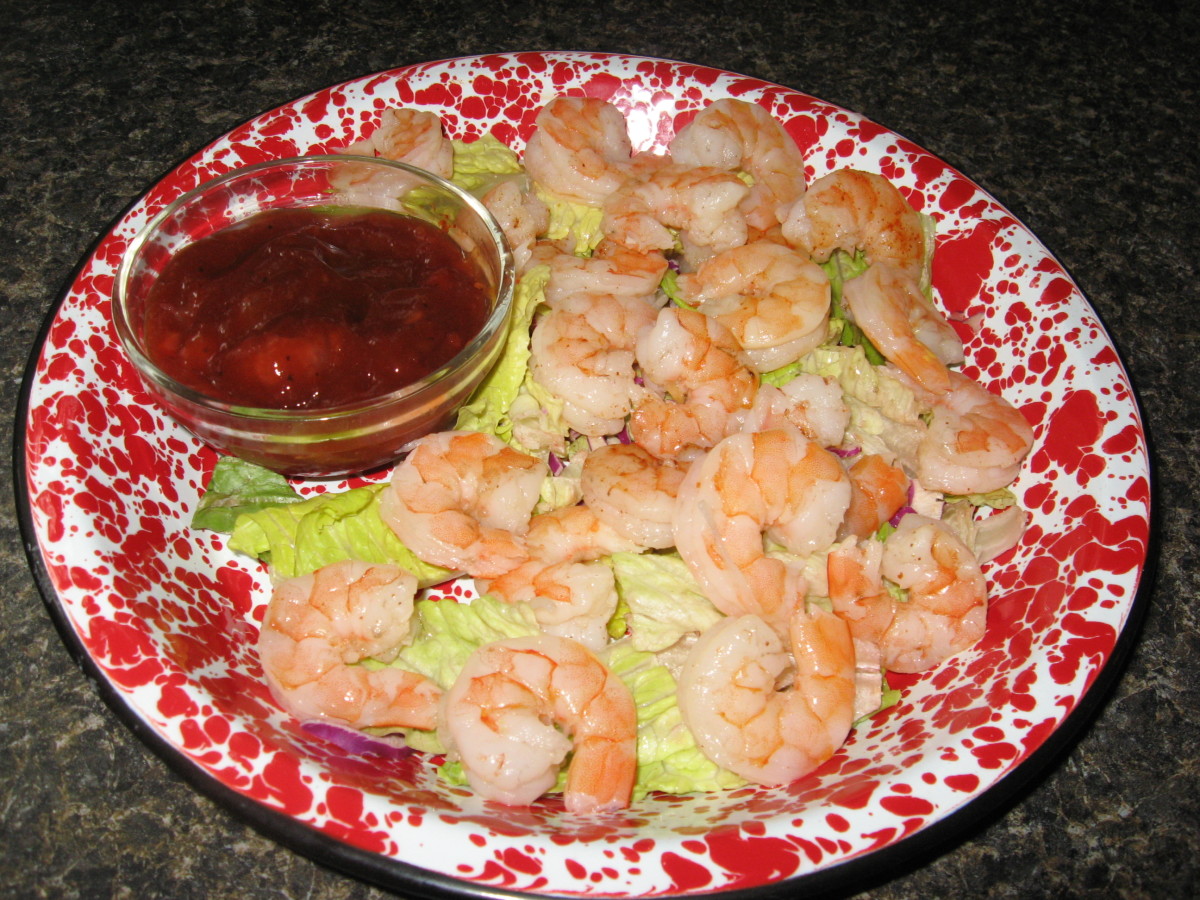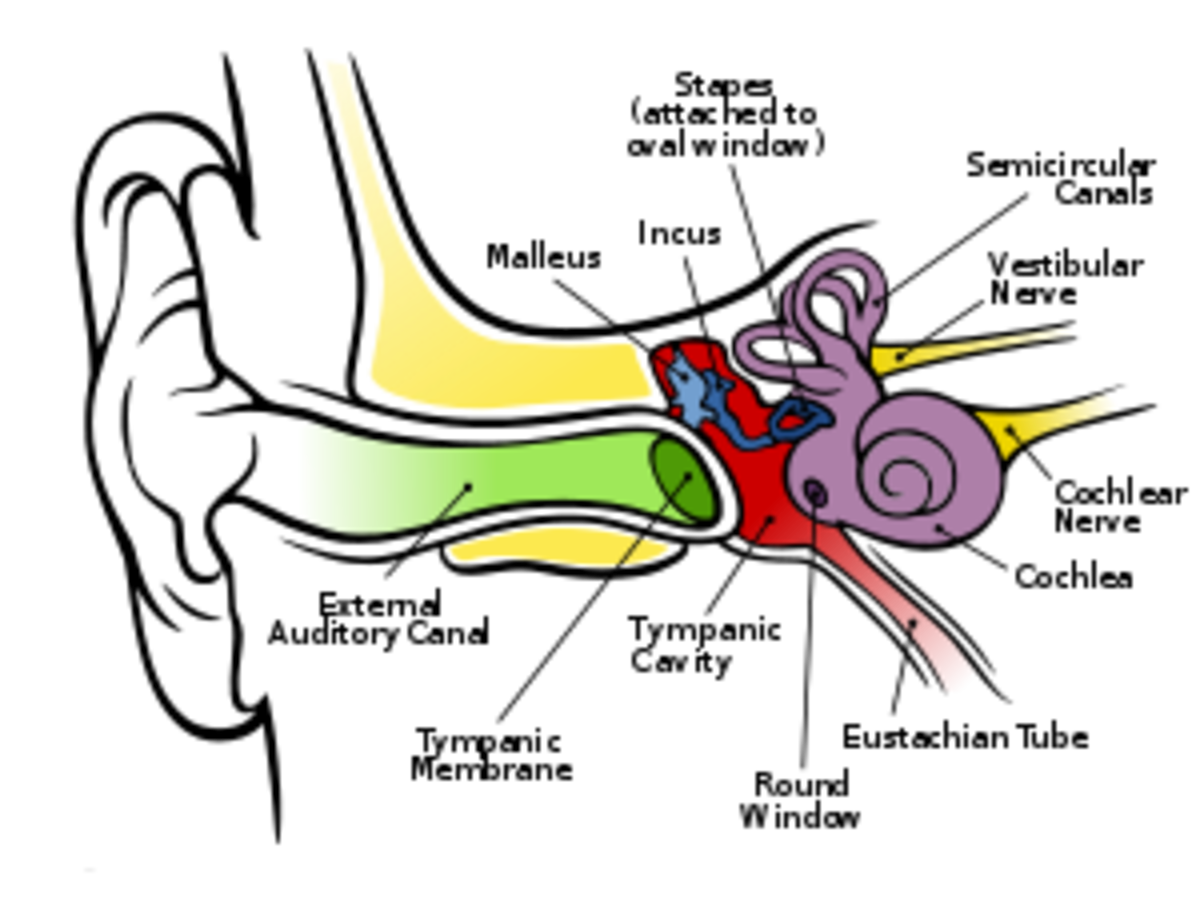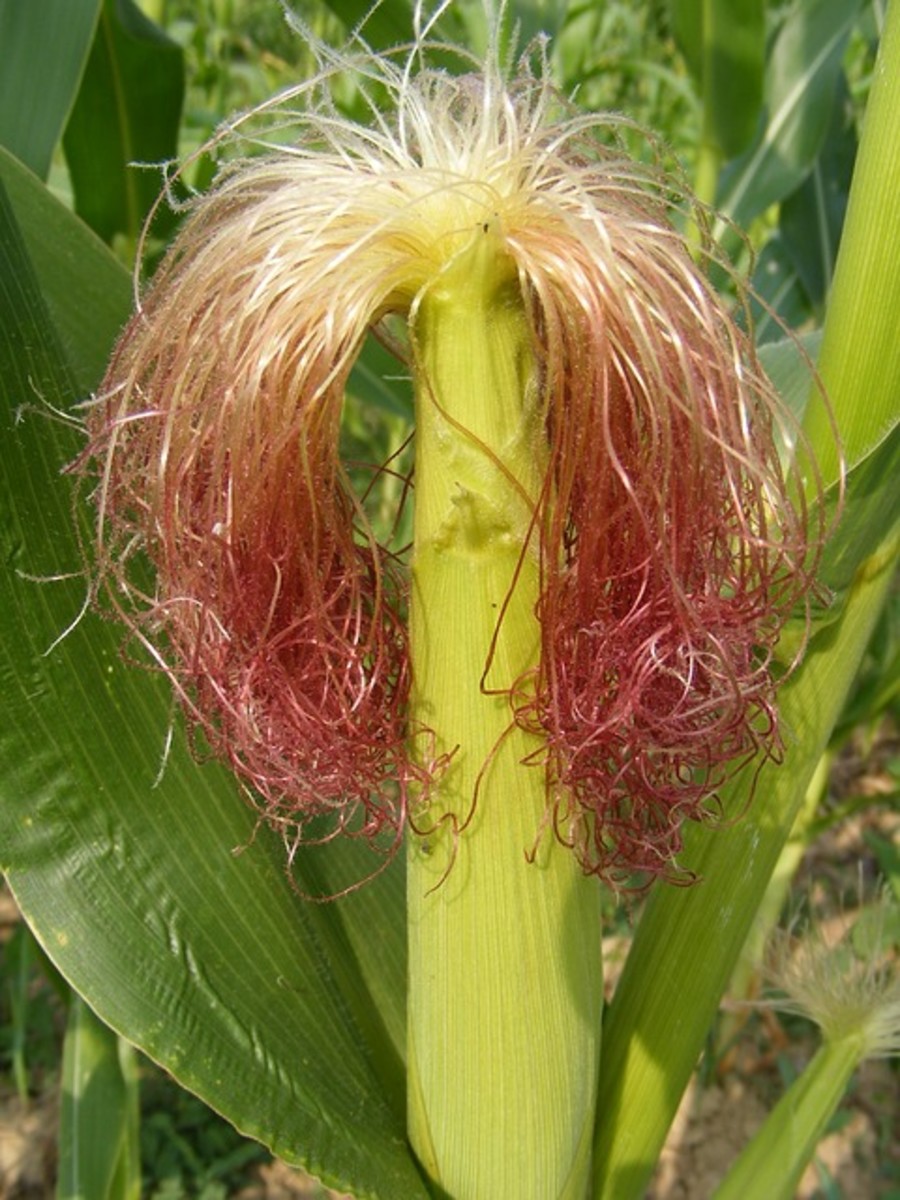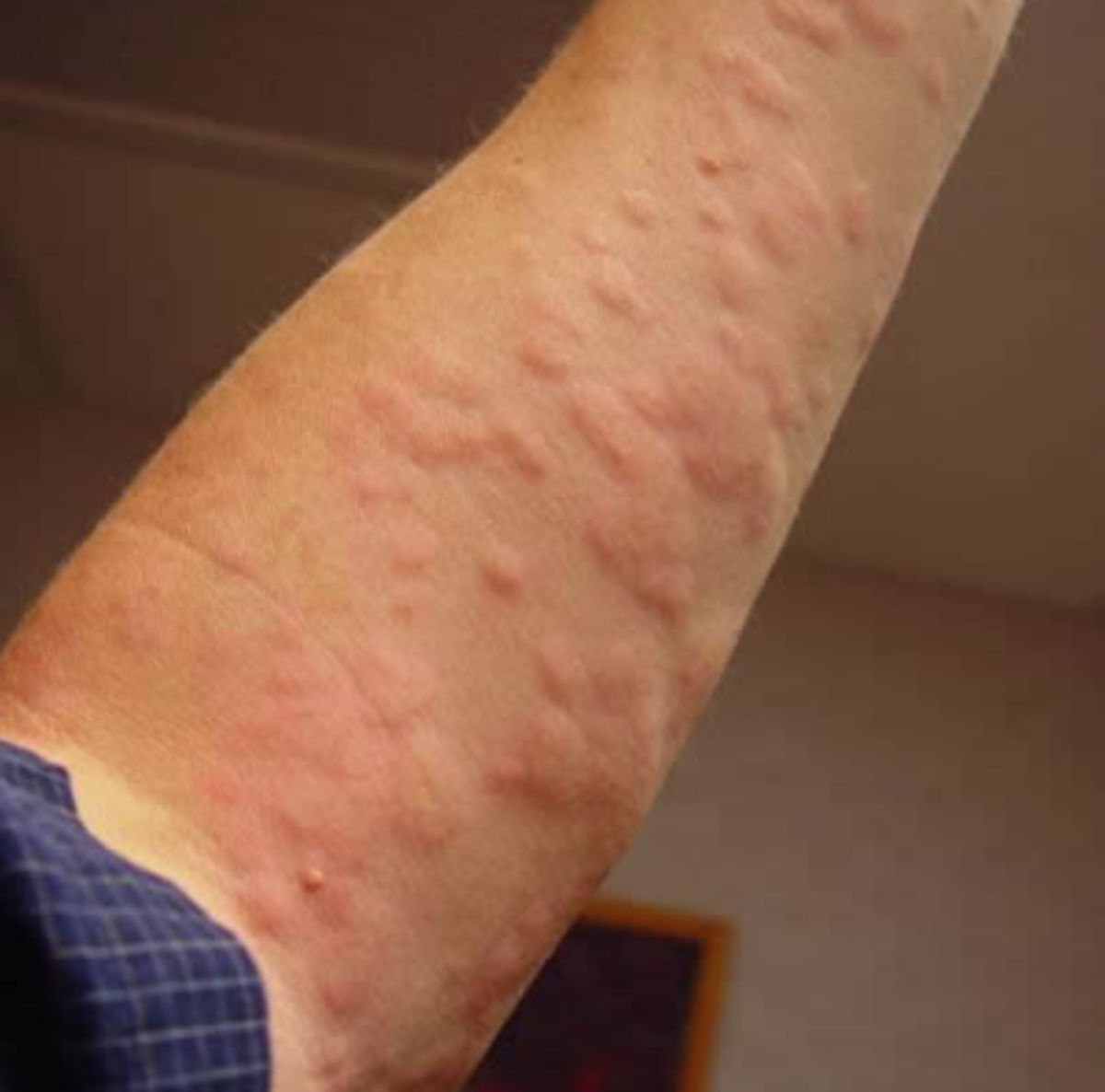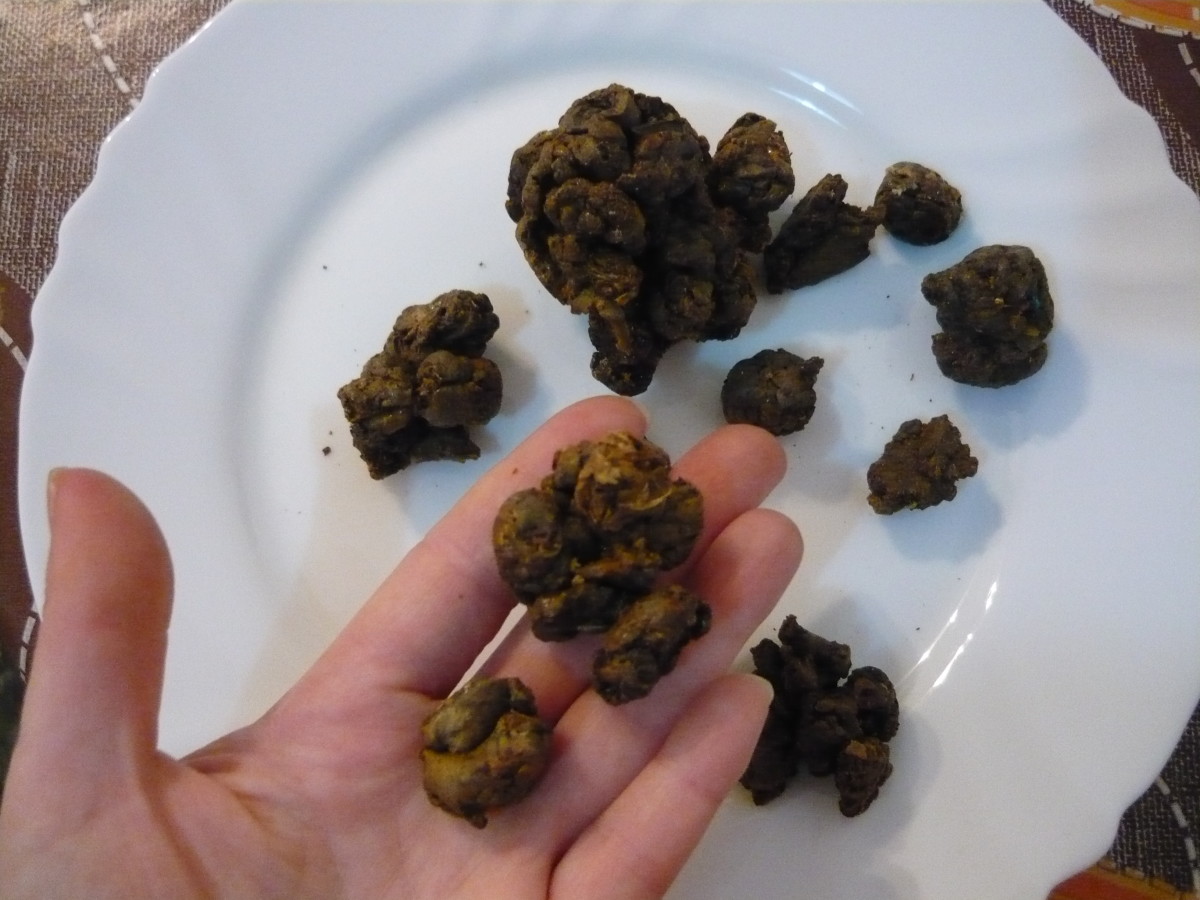Natural Solutions to Cramp
What Happens in Cramp
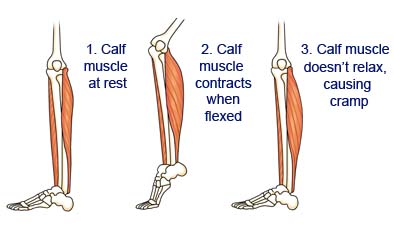
What is Cramp?
Cramp is almost always a symptom of an underlying problem. Whether the problem is serious or otherwise is something that is quite difficult to determine except by professionals, and the underlying problem may be either quite easy or very difficult to solve. The most common place to get cramp is probably the leg muscles, followed by the back of the neck and the scalp; the latter often manifests itself as a headache.
To a very good approximation, cramp is caused by one of three classes of medical problem. One is neurological problems that affect the motor nerves. The possible problems in this area are many and varied; they include mechanical problems such as spinal arthritis, causing irritation of the nerves to the legs and/or arms, and also various medical problems in which the nerves are damaged. Examples of the latter include diabetic neuropathy and multiple sclerosis. This is only one of the reasons why cramp should be taken seriously, particularly if frequent or prolonged.
However, most examples of cramp are not caused by serious problems like this, so don’t be too alarmed – but see a professional!
I’m not going to cover this sort of cramp. Partly because I’m not qualified to do so, and partly because in these cases the cramp is caused by an underlying condition that needs professional attention in itself.
The other two are mineral imbalances and circulation problems. Both of these are a great deal easier to deal with by natural methods, particularly if the problem is not too severe. In addition to this, there are two ways in which cramp manifests itself; while resting (which I will call “resting cramps”) and while exercising, which I will call “activity cramps”.
First: resting cramp. This often occurs while asleep and often wakes up the sufferer, and often manifests itself as a headache. This sort of problem is most often caused by mineral imbalances; the minerals in question here are calcium, potassium and magnesium, and particularly the latter two. Specifically, cramp is often caused by low levels of potassium and magnesium in the blood, whether the levels are low enough to indicate a clinical problem or not.
Low levels of these two minerals are caused by not consuming enough and/or losing too much of them, usually in the urine. Many substances have diuretic effects that tend to make this problem worse, including obviously diuretic drugs but less obviously caffeine and alcohol. Someone who drinks large amounts of caffeine and/or alcohol tends to be not only somewhat dehydrated but also low in potassium and magnesium. As an aside, the symptoms of a hangover are often mostly connected with this dehydration and therefore the best hangover cure is probably large amounts of water.
The way to sort this problem out by natural means is therefore to decrease consumption of caffeine (tea, coffee and cola) and increase consumption of fruit and vegetables. If the problem is severe, it might also be a good idea to take supplemental potassium and magnesium – but see a professional first, as both minerals can react with various drugs.
Secondly, what I’ve been calling “activity cramp”. There are two subclasses here, one of which is usually much more serious than the other; high activity and low activity.
“High activity” cramp is the cramp all athletes are familiar with, and it usually isn’t all that serious; except, of course, if you get it while swimming in which case it can be very dangerous indeed. The reason for this problem is really very simple; loss of minerals in sweat. Sodium loss is relevant here also, just about the only time in relation to cramp that it is. Therefore, the cause of this type is very similar to that of the low-activity type – loss of minerals – and the solution is the same; eat more fruit and vegetables and drink less tea, coffee, cola and booze. However, in this case, consumption of specially prepared mineral-replacement drinks (usually called isotonic drinks) can help a great deal. In this case, also, the loss of water in sweat can cause problems in itself.
And now we come to low-activity cramp. This is almost always a result of an underlying, and potentially serious, medical problem – the most common being circulation problems in the legs. This manifests itself as pain in the leg muscles, particularly the calves, after walking a short distance. If the problem has built up gradually, the usual cause is constriction of leg arteries often caused by build-up of plaque. Medical attention, therefore, for this and many other reasons, should be sought.
NOTE: Sudden severe cramp in the legs has several causes, all of them serious. One is deep vein thrombosis, which can have very serious consequences up to and including death by pulmonary embolism. Therefore; sudden, very severe leg pain should be treated as an emergency.
Short of this sort of drastic problem, circulation problems in the legs can be improved by natural methods; this applies to any other sort of vascular problem also. But because of its potential severity, this sort of problem needs you to work with your doctor.
Specific Suggestions
Resting Cramps
This one is fairly simple; increase consumption of fruit and vegetables and decrease consumption of caffeine and alcohol. For a quick resolution of the problem or if it’s severe, supplemental potassium and magnesium might help.
High Activity Cramps
The same as above, with the addition of isotonic drinks before, during and after exercise.
Low Activity Cramps
Suggestions for this are the same as for any other cardiovascular problem including angina. For the record: increase fruit and vegetables, decrease hydrogenated or highly-heated fat (which means less fried food), reduce red meat and eat less fatty versions, eat less refined foods and unnecessary chemicals. Supplements helpful for this sort of problem include the folic acid/B12/B6 combination that reduces homocysteine, sometimes large amounts of L-lysine with an equal amount of vitamin C, proteolytic enzymes including bromelain and serrapeptase, garlic and fish oil (both reduce blood viscosity and make clots less likely), vitamin E (thins blood and dilates blood vessels, also makes arterial plaque less likely) and ginkgo biloba; this herb is a mild anticoagulant and dilates peripheral blood vessels.
Last but not least: for this and any other sort of vascular disorder IF YOU SMOKE, STOP.
Well, not quite last. Any sort of medical symptom (particularly if it is severe, frequent and/or prolonged) should be attended to by a professional in the first instance. This applies particularly to cramp.


